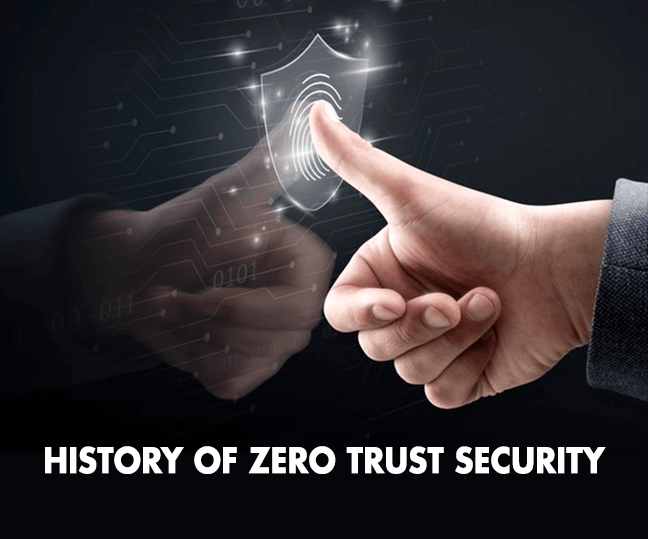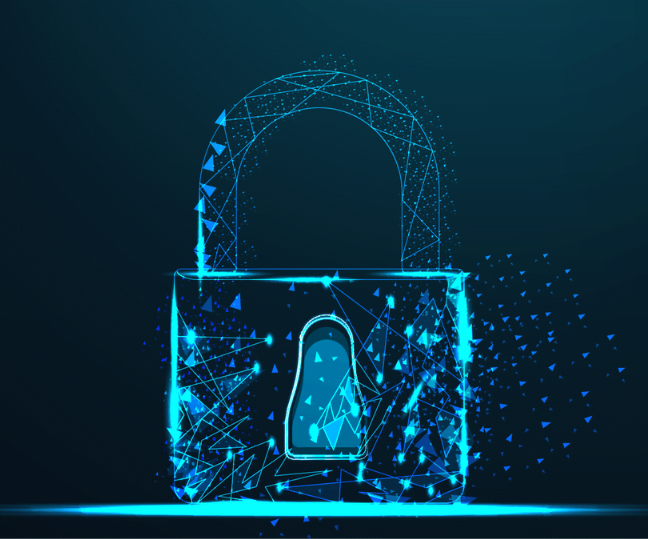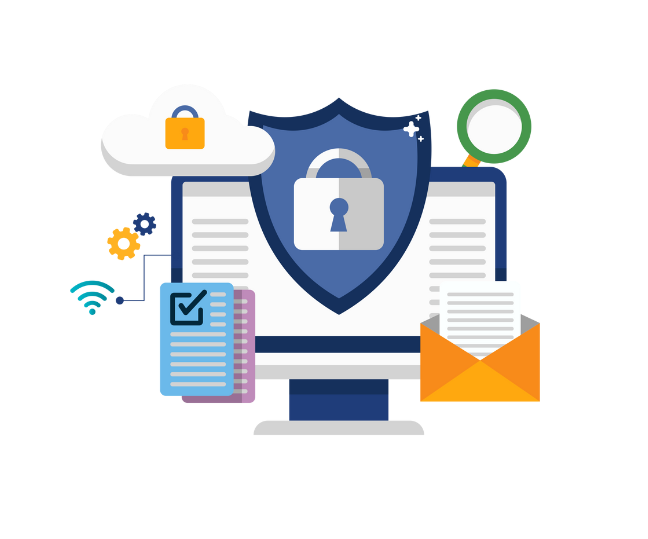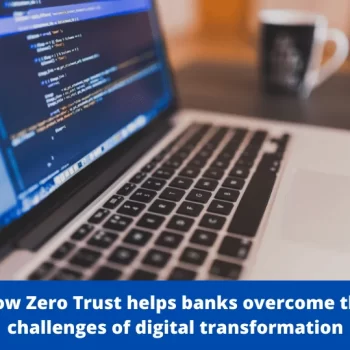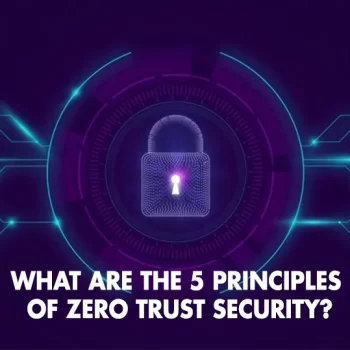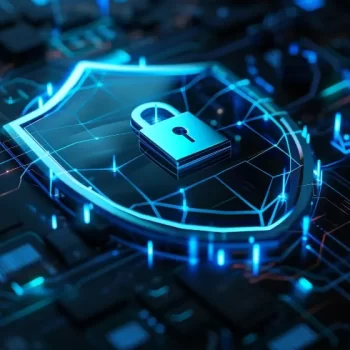As IT infrastructures become more complex, the responsibilities of IT managers expand exponentially. Their role is akin to a tightrope walker, balancing the need for innovation with the imperative of security. From spotting system vulnerabilities to preparing for unexpected setbacks, the IT manager’s world is one of vigilance and foresight.
Zero-trust is an approach to cybersecurity that assumes no trust, even within an organization’s network. It requires verifying every user and device attempting to connect to resources, regardless of their location or network. Zero-Trust relies on strict access controls, multi-factor authentication, and continuous monitoring to ensure security.
After all, every choice made in the IT department ripples through the business, affecting productivity, security, and profitability. IT managers are the front-line defense against cyber threats, system outages, and more.
In this blog, you can explore our version of an IT manager’s risk mitigation playbook. Get to know about all the key steps involved, stay abreast of the challenges, and fully understand what it takes to ensure top-notch risk resilience.
Related blog: What is Zero-Trust? How can it be a game-changer for the security, control, and monitoring of your IT infrastructure?
Importance of identifying potential vulnerabilities

For an IT manager, understanding the architecture and topology of their environment is the first line of defense. Vulnerabilities can be proactively detected through regular system scans, penetration testing, and staying informed with industry alerts. Vulnerability assessment tools and vulnerability management solutions are crucial in this endeavor.
They highlight weak points, outdated software components, and areas where security can be tightened. However, simply identifying vulnerabilities isn’t enough; rapid remediation is vital. Immediate action often involves deploying patches, revising configurations, or temporarily isolating systems. Engaging with a security community, seeking expertise when needed, and maintaining an updated inventory of all devices and software can accelerate this remediation process.
Making sure that patches don’t disrupt services and validating the effectiveness of the solutions are both paramount.
Why implement regular system audits?
Routine system audits are about compliance and maintaining a high level of operational security. Why? It’s because of the historically lackadaisical mindset towards IT audits. Picture this: “80% of workers admit to using SaaS applications at work without getting approval from IT”! To make matters worse, “35% of employees say they need to work around their company’s security policy to get their job done.”
So, the step-by-step process involves defining what needs to be audited, gathering relevant data, analyzing this data, and finally reporting the findings. Automated tools coupled with manual checks can go a long way to ensure that no stone is left unturned.
The benefits of these audits are manifold as they reveal inefficiencies, enable compliance with industry standards, and identify areas vulnerable to cyber threats. IT managers can create powerful and secure systems through these insights, strengthening the organization’s IT infrastructure and strategic decision-making processes.
10 questions for IT managers to ask during audit planning:
- What is the primary objective of this audit? – Identifying the goals such as compliance, security enhancement, or performance optimization.
- What systems, applications, and data are in scope for this audit? – Ensuring clarity on which parts of the infrastructure will be reviewed.
- What standards or benchmarks will the audit adhere to? – Deciding whether to follow ISO/IEC 27001, NIST, CIS, PCI DSS, or other frameworks.
- Who will be responsible for conducting the audit? – Determining whether it will be an internal team, external consultants, or a mix of both.
- How frequently should audits be conducted? – Setting a timeline, be it annually, semi-annually, or based on triggers like major system changes.
- How will audit findings be documented and communicated? – Ensuring clarity in reporting mechanisms and responsibility chains.
- What procedures are in place to minimize disruption to business operations? – Balancing thoroughness of the audit with operational continuity.
- How will the audit address sensitive data? – Ensuring compliance with regulations and respecting privacy concerns.
- How to prioritize and address identified vulnerabilities or non-compliances? – Setting up a framework for risk assessment and mitigation post-audit.
- What’s the plan for continuous improvement post-audit? – Making sure the audit isn’t a one-off activity but leads to ongoing system and process enhancements.
How backup and disaster recovery plans can save the day
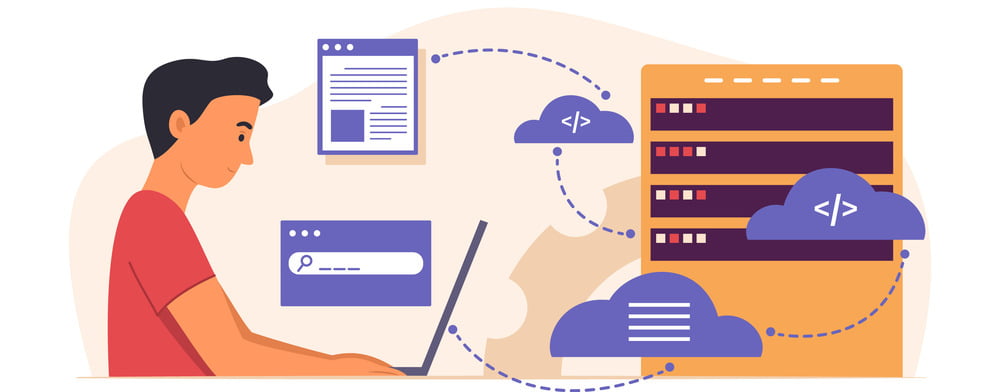
In the aftermath of the COVID-19 pandemic, the importance of data backup and recovery has soared. With remote work becoming prevalent, data has dispersed, and its safety has been thrust into the spotlight. Effective strategies involve the creation of both on-site and cloud-based backup copies, establishing Recovery Point Objectives (RPOs), Recovery Time Objectives (RTOs), and routine test restores to validate backup integrity.
But it’s not just about backups; having a robust disaster recovery plan is equally vital. IT managers must outline clear procedures for data recovery, ensuring minimal downtime and service disruption. Furthermore, documenting these plans, training the team, and periodically reviewing and updating them are crucial. It’s about ensuring business continuity, even in the face of unexpected disruptions.
Addressing the cybersecurity problem
In an age where cyber threats evolve rapidly, IT managers face the uphill task of keeping pace. Protecting an organization goes beyond traditional antivirus solutions. Intrusion Detection Systems (IDS), Intrusion Prevention Systems (IPS), and advanced firewalls are essential in flagging and preventing anomalous activities. Artificial Intelligence and Machine Learning have also joined the frontline, offering predictive threat analysis.
Yet, as threats become more sophisticated, the “Zero-Trust” concept gains prominence. The principle behind Zero-Trust is simple: “Never trust, always verify.” Instead of believing everything inside the IT environment is safe, every request and action is treated as potentially harmful. A Zero-Trust framework minimizes the risk of internal and external breaches through robust identity verification, limited access controls, and micro-segmentation. It can also achieve these business-critical objectives without the need for a VPN.
Primary features of modern Zero-Trust solutions:
- Remote access via protocols like CLI, RDP & VNC
- Secure file transfer & CLI automation
- Monitoring & recording of all RDP/CLI sessions on Windows/other servers
- Restricting dangerous & unauthorized commands
- CLI scripts to configure scheduled jobs
Training the workforce to handle emergency scenarios

According to a leading market survey, “77% of companies suffered operational surprises in the past 5 years due to unidentified risks.” So, arguably, one of the most significant assets in an organization’s IT security arsenal is its employees. Empowering them with knowledge and tools is critical. Regular training sessions on the latest threats, simulated phishing exercises, and workshops on best security practices are crucial in creating a vigilant workforce. However, it’s also important to remain cognizant of the challenges inherent, which may include:
- Evolving threats: Coping with the rapidly changing cyber threat landscape requires continuously updating training content.
- Overcoming complacency: Battling the “it won’t happen to me” mindset among seasoned employees.
- Practical vs. theoretical: Bridging the gap between classroom learning and real-world application.
- Resource constraints: Balancing quality training requirements with budgetary and time limitations.
Related article: How Zero Trust helps banks overcome the biggest challenges of digital transformation
Hence, training shouldn’t be limited to threat detection. Preparing staff for emergency scenarios through real-time drills, clear communication lines, and a well-defined response hierarchy can make all the difference when a real crisis strikes. By fostering a culture of awareness and preparedness, IT managers can transform employees from potential vulnerability points to the first line of defense.











